Thanks to generous support from the Center for Latin American Studies, Rare Books has purchased a rare copy of a work by Argentinian artist Antonio Frasconi.
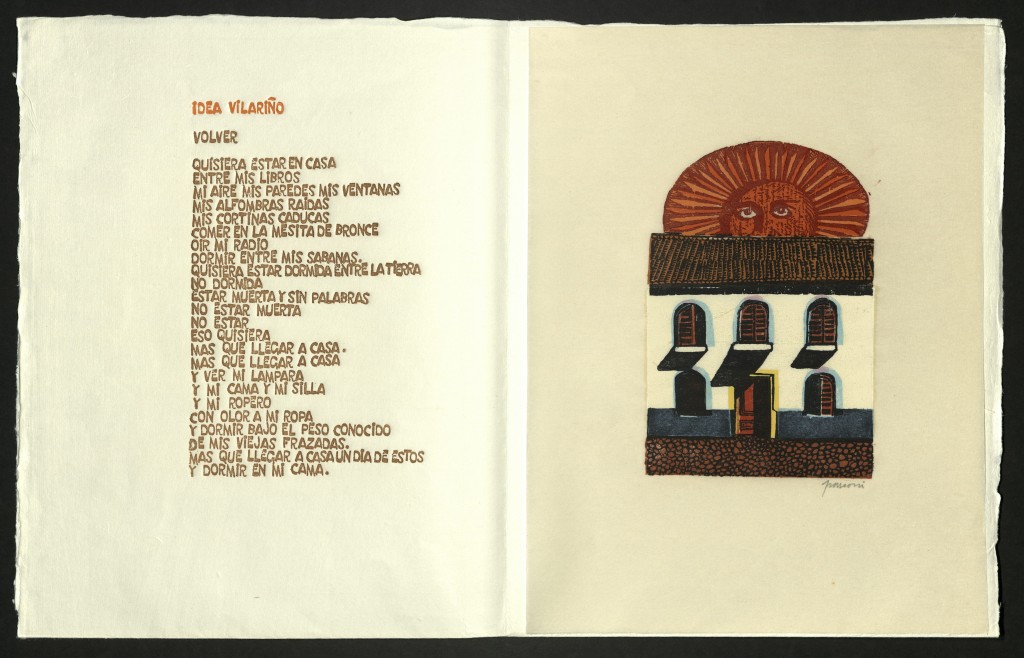
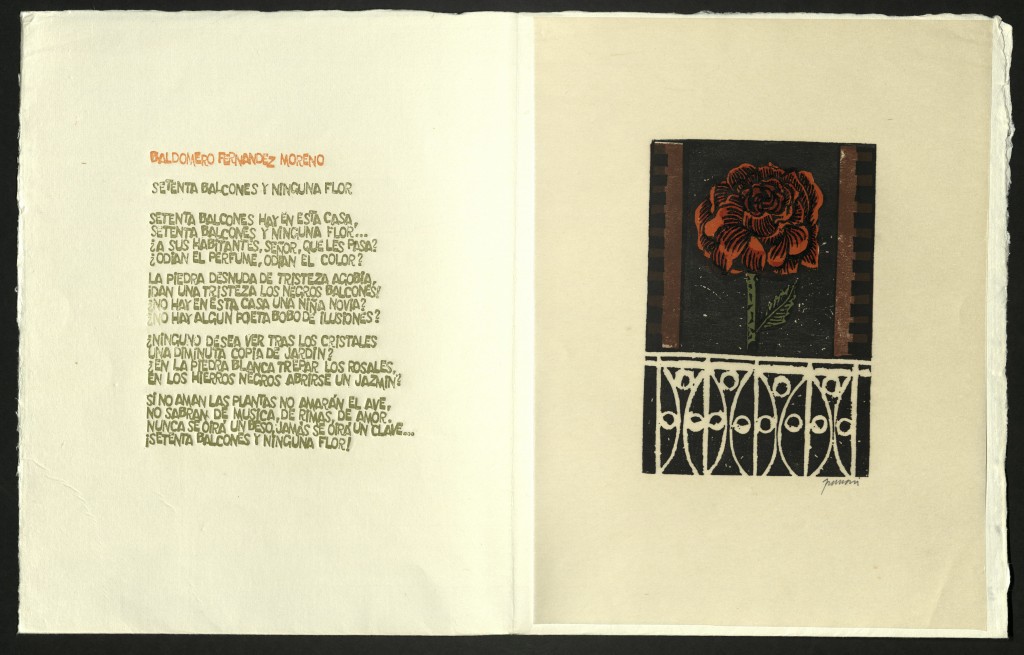
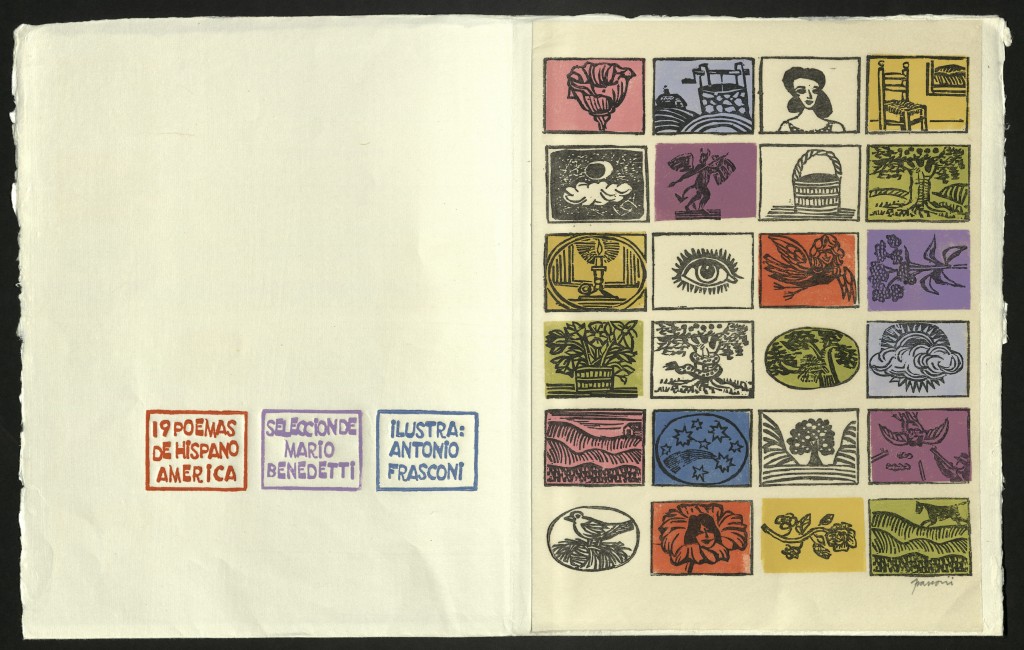
19 Poemas de Hispano America
Antonio Frasconi (1919-2013)
South Norwalk, CT: 1969
PQ7798.16 R374 D5 1969
Twenty-one full-page color woodcuts, each signed by the artist. Printed on Japanese paper. Poets include Juana de Ibarbourou (1892 – 1979, Uruguay), Cesar Vallejo (1892-1938, Peru), Vicente Garcia Huidobro Fernandez (1893-1948, Chile), Gabriel Mistral (1889-1957, Chile), Nicolas Guillen (1902-1989, Cuba), Pablo Neruda (1904-1973, Chile), Nicanor Parra (b. 1914, Chile), Joaquin Pasos (1914-1977, Nicaragua), Octavio Paz (1914-1998, Mexico), Idea Vilarino (1920-2009, Uruguay), Claribel Alegria (b. 1924, Nicaragua), Ernesto Cardenal (b. 1924, Nicaragua), Juan Gelman (1930-2014, Argentina), Roberto Fernandez Retamar (b. 1930, Cuba), Marco Antonio Montes de Oca (1932-2009, Mexico). Issued in orange cloth tray case made by George Wieck. Edition of fifteen signed copies. The University of Utah copy is no. 3.
Antonio Frasconi was born in Buenos Aries and grew up in Montevideo, Uruguay. His parents, of Italian descent, had moved from Italy to Argentina during World War I. At the age of twelve, he began apprenticing with a printer. Frasconi liked the idea of making multiples in order to offer art at reasonable prices. Frasconi moved to the United States from Argentina in 1945 at the end of World War II on a scholarship to study at the Art Students League in New York City. In 1952, he received a Guggenheim Fellowship. In 1959, he was a runner-up for the Caldecott Medal, an honor awarded to the illustrator of the best American picture book for children. The House That Jack Built, was also written by Frasconi and remains a favorite today. He was elected into the National Academy of Design as an associate member and became a full Academician in 1969. In 1982, Frasconi was named Distinguished Teaching Professor of Visual Arts at the State University of New York at Purchase. Frasconi illustrated more than one hundred books. His woodcuts appeared on album and magazine covers, holiday cards, calendars, posters and a U.S. postage stamp. His work is in the Metropolitan Museum of Art, the Museum of Modern Art, the New York Public Library, the National Gallery of Art, the Smithsonian and private collections.
19 Poemas de Hispano America joins several other pieces illustrated by Frasconi in the rare book collections:
12 Fables of Aesop
New York: Museum of Modern Art, 1954
PA3855 E5 W48
Linoleum blocks by Antonio Frasconi illustrate fables adapted by Glenway Wescott. The book was designed by Joseph Blumenthal and honored by the American Institute of Graphic Arts as one of the year’s 50 best books. Edition of nine hundred and seventy-five signed copies. University of Utah copy is no. 724.
Kitty Hawk, 1894
Robert Frost (1874-1963)
New York: Spiral Press, 1956
PS3511 R94 K57 1956
Issued as holiday greetings from Henry Holt and Company, Christmas, 1956.
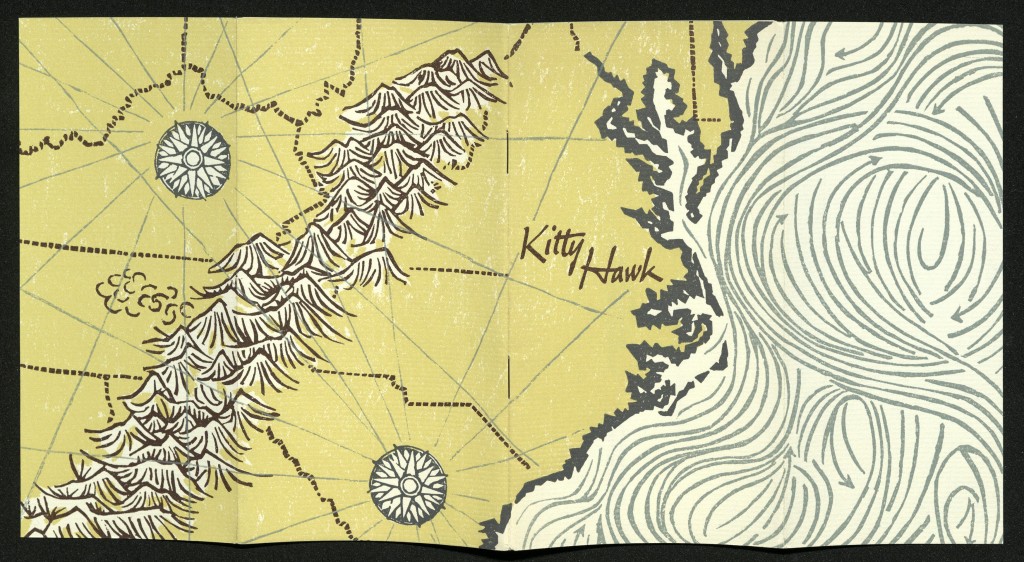
Kaleidoscope in Woodcuts
Antonio Frasconi
New York: Harcourt, Brace & World, 1968; Japan: Zokeisha Publications, Ltd., 1968
NE1112 F72 A4 1968
Printed to honor Antonio Frasconi by the Republic of Uruguay at the 34th Biennale in Venice. Color reproductions of woodcuts printed on a continuous strip of paper folded accordion style. Bound in grey cloth boards. Issued in black slipcase with printed paper label. University of Utah copy gift of Gabriel Rummonds.

Overhead the Sun: Lines from Walt Whitman
Walt Whitman (1819-1892)
New York: Farrar, Straus and Giroux, 1969
First edition
PS3204 F65
Color woodcuts by Antonio Frasconi. University of Utah copy signed by artist.
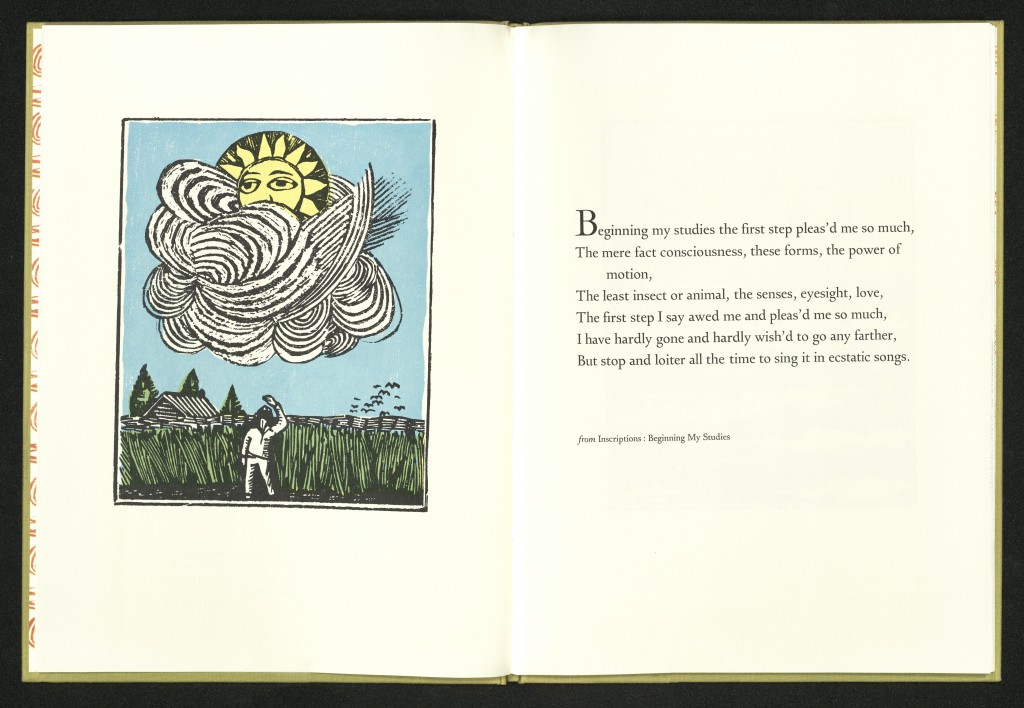
¡Apoye santuario!
Tempe: ASU School of Art Pyracantha Press, 1985
HV645 F73 1985
Broadside designed and printed by Antonio Frasconi and John Risseeuw “in support of the churches that take part in the new underground railroad known as Sanctuary.” – from the colophon. University of Utah copy nol. 123, signed by the designers.
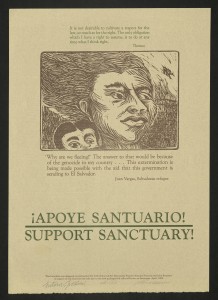
Prima che tu dica « Pronto »
Italo Calvino
Cottondale, AL: Plain Wrapper Press, 1985
PQ4809 A45 P713 1985
From Fantasies and Hard Knocks, Gabriel Rummonds, 2015: “…in October 1983 Antonio Frasconi invited me to give a talk to a group of art students at the State University of New York at Purchase. During that visit he inquired about the Calvino project and I reluctantly had to admit that I still had not published it – partly because I had been unable to find an artist who would work within my specified parameters. I related the problems I had had working with Alan Sundberg and Sergio Pausig. Antonio, who had always wanted to illustrate at least one PWP book, asked me to send the manuscript to him, saying he would like to give it another try. Knowing of his wonderful landscapes and not wanting to risk disappointment again, I gave up on the idea of having circular illustrations and suggested that he use the geographic locations mentioned in the story as themes for his illustrations. And that is exactly what he did with great success.”
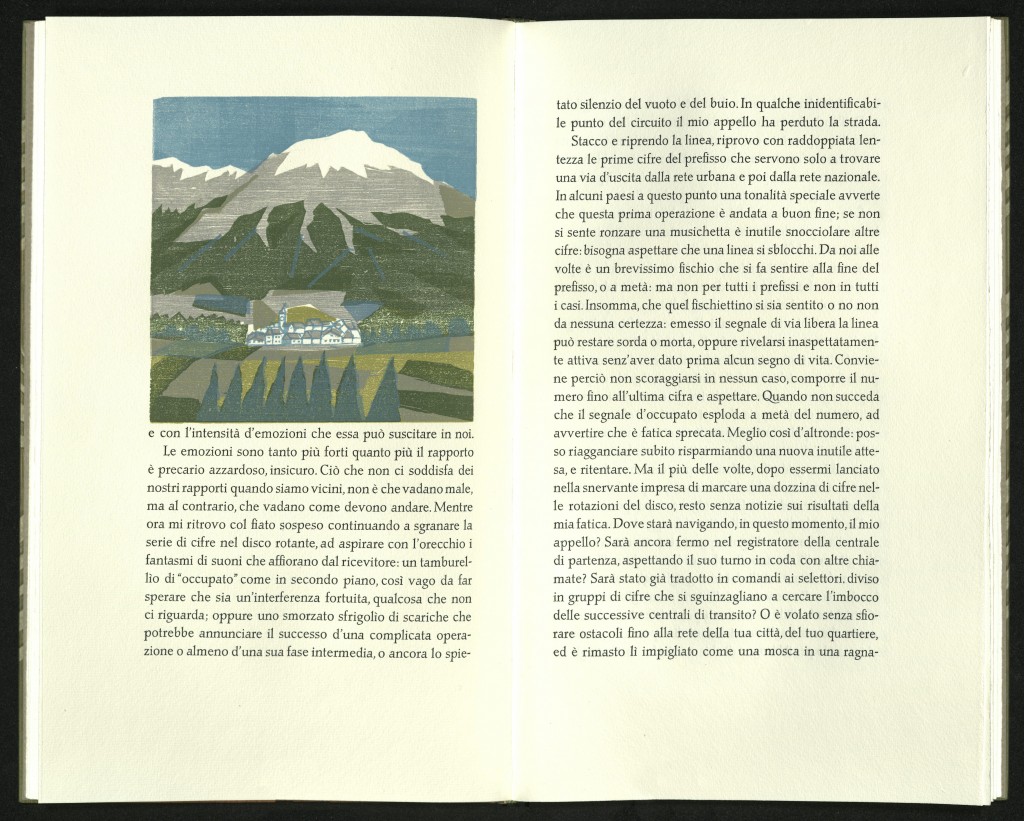
English translation by William Weaver (1923-2013). The aesthetic and technical challenge of binding this edition inspired Craig Jensen to pursue edition binding over an intended career in book conservation. It also marked the beginning of his work with master printer Gabriel Rummonds. Illustrated with four multi-colored woodcuts by Antonio Frasconi. Printed on an 1847 Washington handpress by Gabriel Rummonds and Alessandro Zanella. Some pages printed on double leaves. Type is handset Post Mediaeval cast by H. Berthold A.G. Paper handmade at the Cartiere Enrico Magnani, printed damp. Tan quarter leather with paste paper sides by Antony O’Hara. Binding is a tight joint, in-boards style, incorporating a spine hollow and handsewn silk endbands. Housed in a cloth-covered, drop-spine box with the Plain Wrapper Press device set in a recess on front board. Edition of seventy-five numbered copies, signed by the poet and the artist. University of Utah copy is no. 4, printed for Tom and Elfie Rummonds.
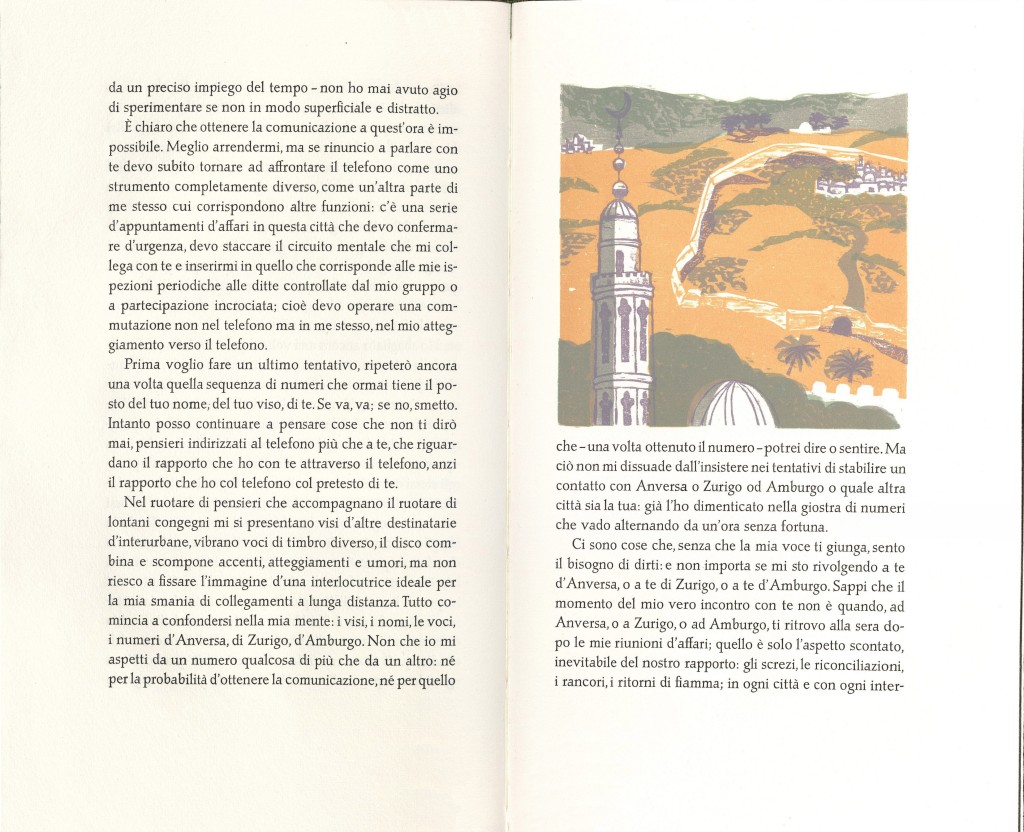
Five Meters of Poems
Carlos Oquendo de Amat (1905-1936)
Isla Vista, CA: Turkey Press, 1986
First English edition
PQ8497 O5 C513 1986
Carlos Oquendo de Amat was born in Puno, Peru, but spent most of his childhood on the streets of Lima. Puno was a provincial capital on the shores of Lake Titicaca. Amat’s father was a Sorbonne-educated progressive newspaper publisher, a prominent member of Puno society and a vocal opponent of Peru’s conservative Catholic establishment. Upon the death of his father in 1918, Amat and his mother moved from genteel comfort in Pano to poverty in Lima, at a time when the city experienced growth and transformation in the form of new working and professional classes. Amat became a part of an extensive avant-garde poetry movement in Lima. Cinco metros de poemas is his only publication, written between 1923 and 1925, and printed in 1927, when Amat was 19. The original publication, produced in Lima by La Editorial Minerva, was printed on a single sheet of folded paper five meters long. The lines were composed in varying layouts throughout the sheet. The poem-object is reminiscent of earlier and contemporary European modernist movements that included poets such as Baudelaire and known to the literati in Lima. Amat joined the Communist Party, and spent the rest of his life in and out of jail for dissent. He contracted tuberculosis in prison. He was deported to Panama, from where he managed to get to Spain. He died there shortly after he arrived and just before the Spanish civil war. Translation of Cinco metros de poemas by David M. Guss, with an introduction by Guss. Illustrated with woodcuts by Antonio Frasconi. Formed as one folded sheet, five meters long. Typeface is Goudy modern. Paper is Mohawk. Edition of three hundred copies.
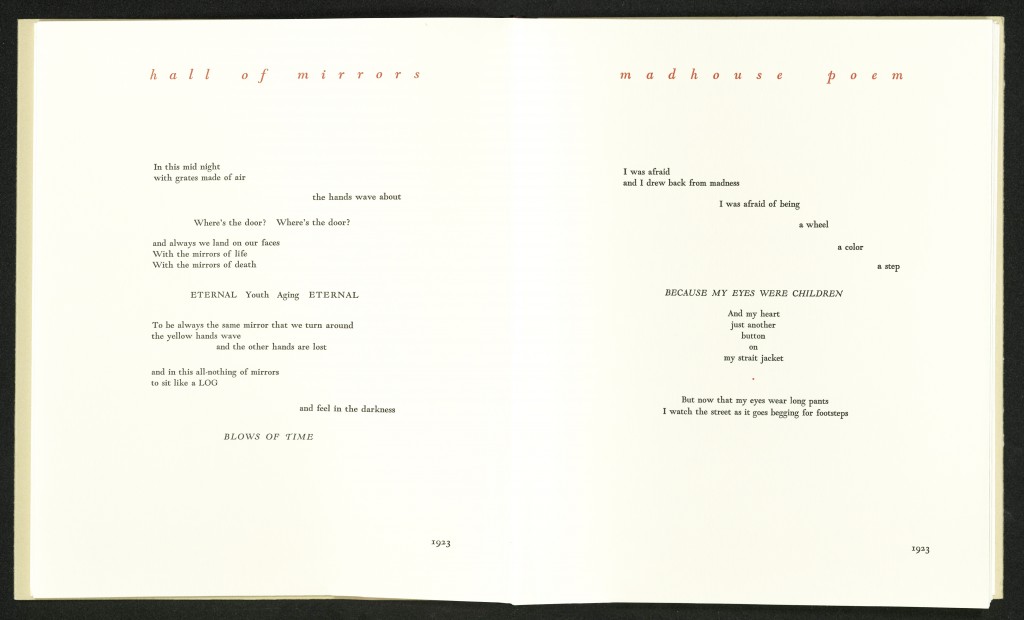

Like this:
Like Loading...
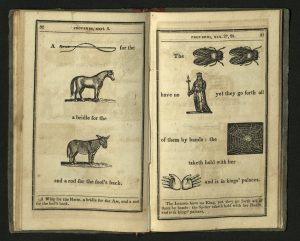

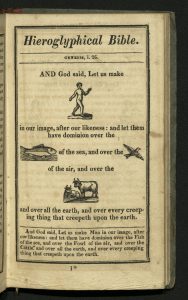
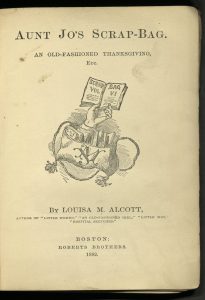
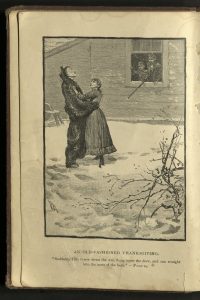
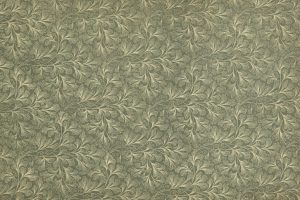
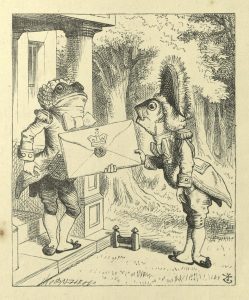
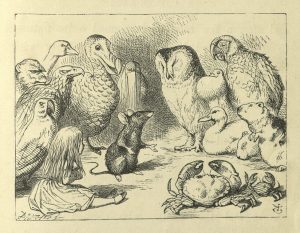
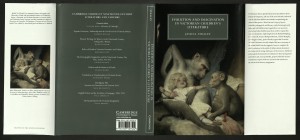
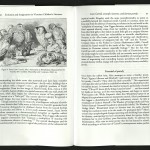
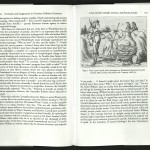
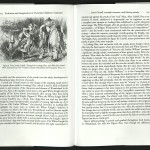
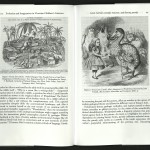
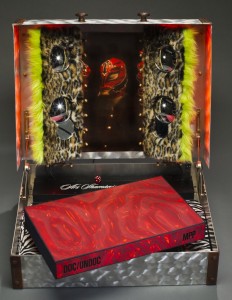
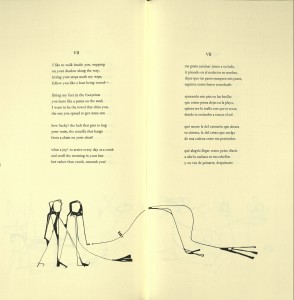
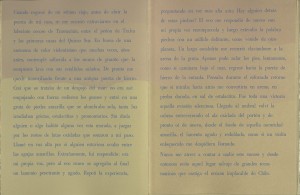
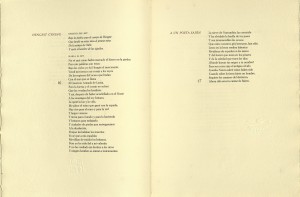
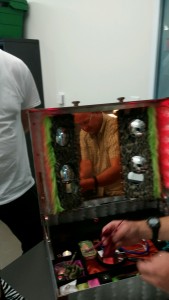




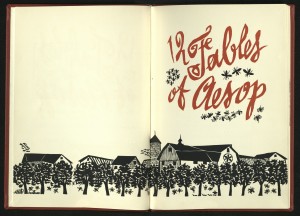
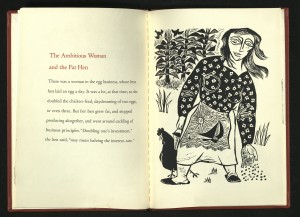







You must be logged in to post a comment.